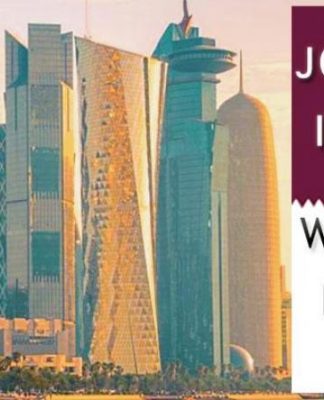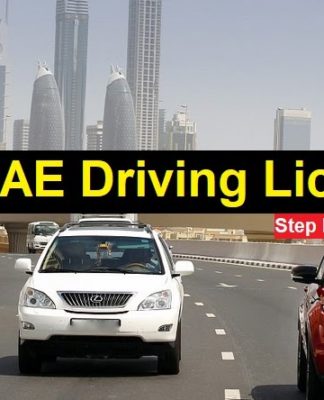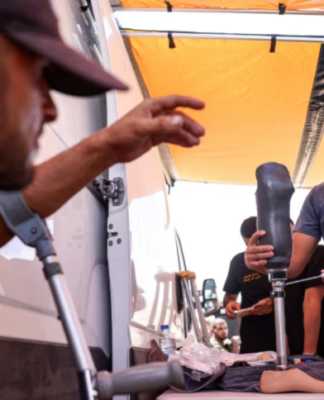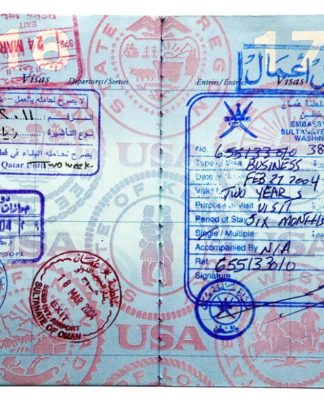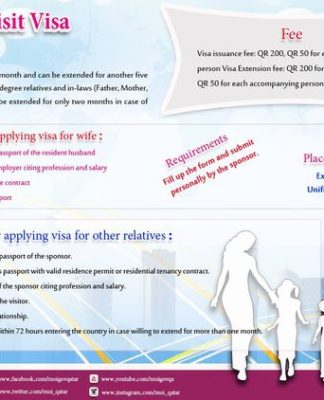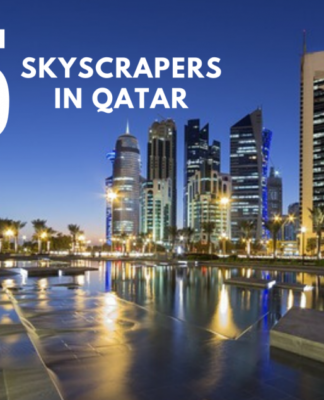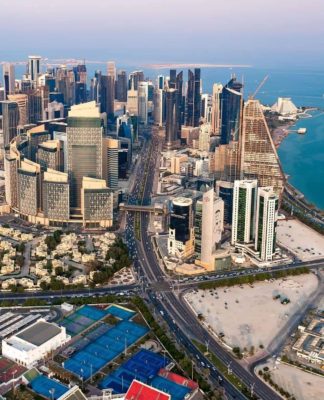Hitachi trials smart mobility app in Genoa using Bluetooth and AI to connect all transport modes
Hitachi is trialling a smart mobility service that uses Bluetooth and AI to connect all transport modes in Genoa, Italy.
Hitachi is trialling a smart mobility service that uses Bluetooth and AI to connect all transport modes in Genoa, Italy. – Copyright Handover/Hitachi Rail
By Camille Bello • Updated: 20/07/2022 – 01:02
If you feel that queuing to buy public transport tickets and downloading different apps to plan your journey is a waste of your time, then perhaps you should head to Genoa, Italy.
Hitachi, the Japanese firm best known for its iconic Shinkansen bullet trains, has rolled out new technology across the city to make its public transport network smarter, more predictable and more attractive to the masses.
Its new 360Pass uses artificial intelligence and Bluetooth sensors to connect Genoa’s entire public transportation system and make journeys as seamless as possible while capping their cost.
Hitachi hailed the service as a “world first for smart mobility” and said it could improve urban transport in other cities around the world.
Hitachi’s 360Pass is the result of a partnership with the Municipality of Genoa and the city’s public transport operator AMT in a six-month pilot that started on May 9, using the local brand name GoGoGe.
What is a ’15-minute city’ and how will it change how we live, work and socialise?
Universal basic mobility: Cities tackle the transport gap with free transit, e-bikes and car sharing
Bus, metro, e-scooters all in one app
The 360Pass all-in-one approach harnesses the power of computers to suggest the smartest journey across all mobility options.
Proposed itineraries include alternatives from both public and private transport modes, such as electric car-sharing services, e-scooters and even parking spots.
The comprehensive offer aims to help tackle the “first and last mile problem”, which is the distance a commuter needs to travel from a transit stop to their destination, or vice-versa.
The “first and last mile problem” is said to be one of the most pressing challenges facing public transportation, and according to the European Environment Agency, the key to sustainable urban transport.
Eyes on the road: Can e-scooters with cameras protect pedestrians and make cities safer?
Hands-free payment
Hitachi’s 360Pass app also does away with paper tickets and the need to validate them on board.
Bluetooth-enabled sensors simply identify when passengers have boarded, as well as when they disembark, allowing hands-free payment and automatically calculating “the cheapest possible fare” at the end of the day.
Users can take unlimited multi-modal journeys at a maximum daily fare equivalent to three trips.
“For the first time, passengers can plan and access the most convenient multi-modal journey for the cheapest fare, without ever removing their phone from their pockets,” Alessandro de Grazia, in charge of smart ticketing at Hitachi Rail, told reporters.
Hitachi’s smart mobility suite also creates a “digital twin” of the city’s entire transportation network, to give operators real-time visibility on traffic, congestion, crowding or gaps in services.
Handout/Hitachi Rail
Proposed itineraries include options from both public and private transport modes, such as electric car-sharing services, e-scooters and even parking spotsHandout/Hitachi Rail
What does commuting with the 360Pass app look like?
Users would need to enter their final destination and the app would identify the most efficient itinerary, with all transport modes mapped in real-time.
It would also show the most efficient way to get to the first stop, such as walking or riding a scooter, and warn users of how crowded an incoming bus or metro is.
Hitachi says the congestion monitoring feature, which uses closed-circuit television and AI tools to count the number of people on board, seeks to even out the number of passengers across services and alleviate anxiety about crowded spaces, which has increased since the start of the COVID-19 pandemic.
For better or worse, how has COVID changed the way we get around our cities?
On the bus or the metro, users would receive live reports and notifications including reminders for the next stop.
When stepping off the bus, Bluetooth nodes would register the end of their journey, and if necessary provide directions to the next public transport mode, or suggest an alternative such as an electric scooter available nearby.
‘Fully compliant with EU privacy rules’
In complement to the app, the Lumada Intelligent Mobility Management suite, also designed by Hitachi, gives public transport operators the ability to connect, scale and optimise the city’s entire transportation network in real-time, and to plan future upgrades.
Alessandro de Grazia stressed that the technology fully respects the General Data Protection Regulation, which imposes strict privacy protections when it comes to the collection of data in the EU.
“We spent a lot of time working to comply with the regulation,” he said.
New Delta airport screen shows personalised flight info to dozens of travellers at once using AI
The app also includes a disclaimer where users can decide whether to share their data with the network or not.
“When we see a trip, we only see a token, we don’t see who it is: no credit card, no information. We just see the flow of movement,” de Grazia said.








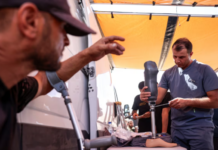
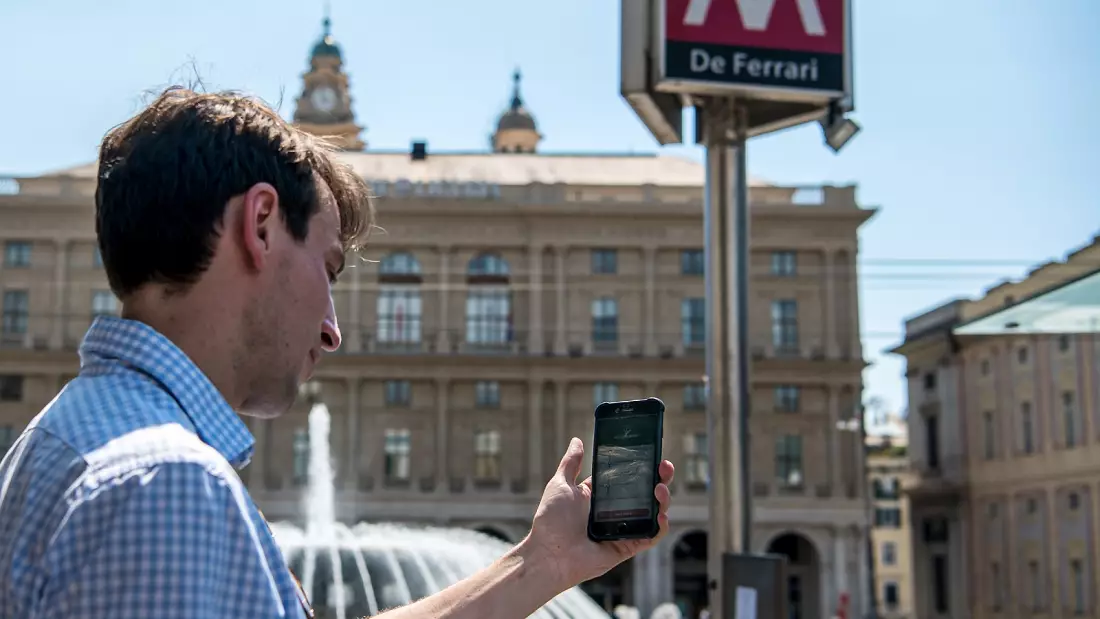

![How to get a Qatar Family Residence Visa? [ Updated ]2022](https://welcomeqatar.com/wp-content/uploads/2022/04/maxresdefault-2-324x400.jpg)
